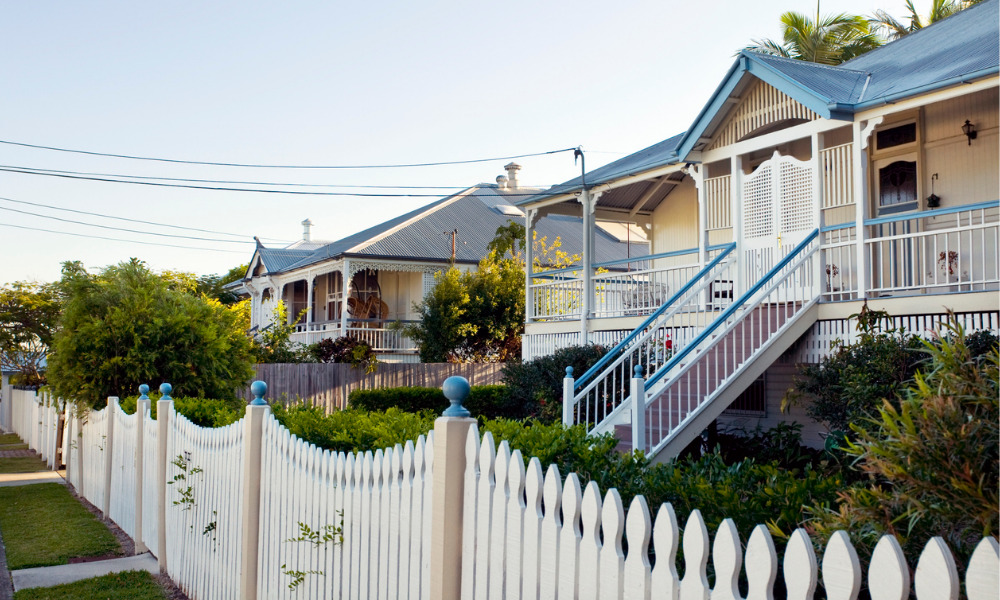Vacancy rates remain incredibly tight in the state

Queensland continues to grapple with record-low vacancy rates, with most regions’ rental markets remaining much tighter than what the Real Estate Institute classifies as “healthy.”
REIQ classifies a healthy rental market as having vacancy rates between 2.6% and 3.5%. According to the organization’s Residential Vacancy Report, released last week, vacancy rates got as tight as 0.1% in Maryborough in 2021, a record low in the history of the report.
In the neighbouring region of Hervey Bay, vacancies were at 1% in the December quarter. Bundaberg (0.4%) and Gympie (0.3%) also remained incredibly tight.
Of the 50 local government areas and sub-regions reported on, the only areas that strayed into the “healthy” range during 2021 were Greater Brisbane – including Brisbane’s inner city – at 2.8% (during the March quarter) and the Bay Islands at 2.7% (in the December quarter).
REIQ said there was little indication of vacancy rates easing anytime soon, with changes over the last quarter mostly confined to an insignificant 0.2% up or down, with the exception of Burdekin, which rose by 0.4% to 0.8%, and Maroochy Coast and Hinterland, which both tightened by 0.3% to 0.4%.
Read next: Australian renters to feel sting in 2022
REIQ CEO Antonia Mercorella said she couldn’t remember a time when vacancy rates were so consistently and drastically low across the state. She said the COVID-19 pandemic was creating unique conditions.
“We’re experiencing the perfect storm of low housing supply levels, incredibly high interstate migration, particularly to our regions, longer-length tenancies as tenants choose to stay put for greater security and certainty, and less shared tenancies as people want more space now they’re working from home,” Mercorella said. “A rental market as extraordinarily tight as this presents challenges to the local economy and to the community. We acknowledge that whilst current market conditions are favourable from an investor’s perspective, no one wants to see people struggling to find a place to live, forced into unsuitable housing – such as big families crammed in studio apartments – or living unsustainably outside of their means.”
Mercorella said that more needed to be done to ease the pressure on the rental market.
“Demand for rental properties in Queensland will continue to rise, along with the rising population, and that growing population needs a roof over its head,” Mercorella said. “With international borders opening, over time we’ll see returning numbers of international students, migrants and holidaymakers, and this too will add to the strain on rental accommodation. … Queensland needs additional housing supply to ease these tight conditions and accommodate the masses relocating to the state – and this supply simply can’t come soon enough.”



